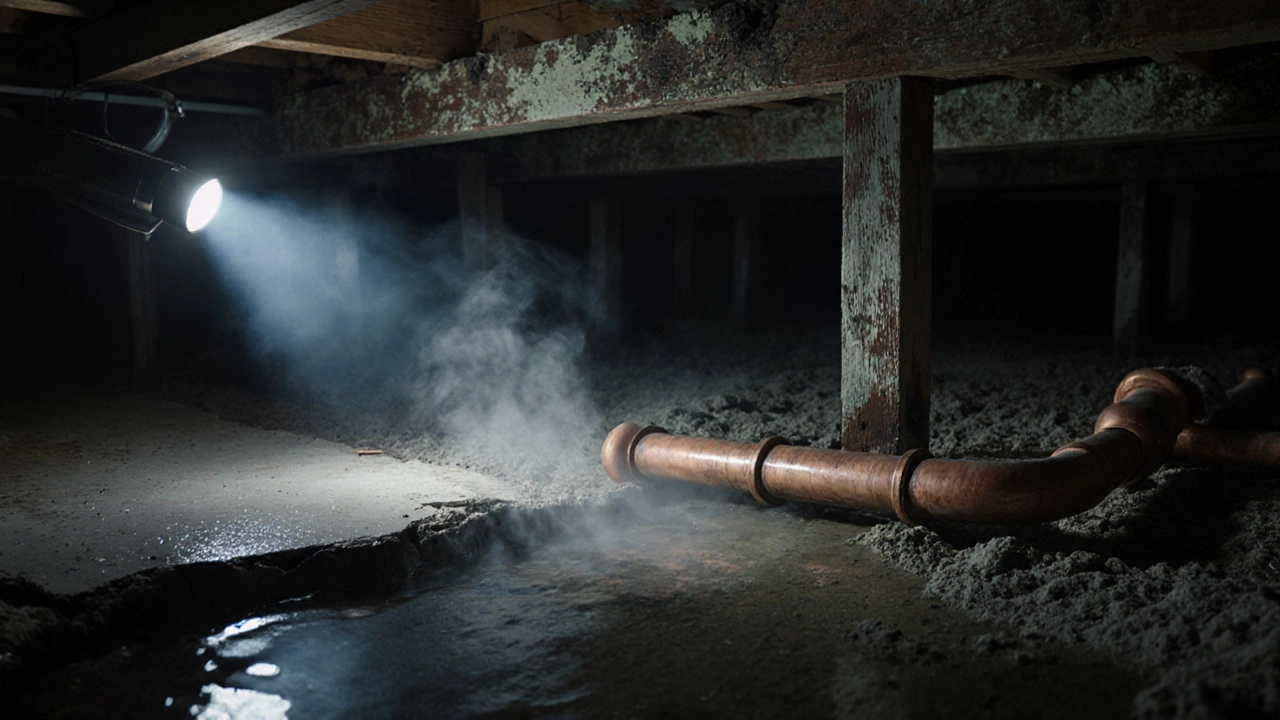Homeowners Insurance: Simple Answers for Real‑World Needs
Buying a house is a big deal, and protecting it shouldn’t be confusing. Homeowners insurance is the safety net that covers damage, theft, and liability, so you can breathe easy when the unexpected hits.
First off, insurance isn’t a one‑size‑fits‑all product. Policies come with three core parts: dwelling coverage (the structure), personal property coverage (your stuff), and liability protection (if someone gets hurt on your property). Understanding each piece helps you match a policy to what matters most to you.
How to Pick the Right Policy
Start by looking at the replacement cost of your home, not the market value. Replacement cost is what it would take to rebuild the house brick‑by‑brick after a fire or storm. Most insurers will give you an estimate, but you can also use online calculators or ask a builder for a quick quote.
Next, think about your belongings. If you have high‑end electronics, jewelry, or a fancy home office setup, you’ll need extra coverage called a “personal property endorsement.” Without it, you might only get a percentage of the loss, which can leave a big hole in your wallet.
Liability is the part most people overlook until it’s needed. A simple slip‑and‑fall can turn into a lawsuit that costs thousands. Adding a $300,000 or $500,000 liability limit is cheap compared to the potential payout.
Tips to Lower Your Premium
Insurance companies love low risk, so give them reasons to lower your rate. Install smoke detectors, a security system, and deadbolt locks—they’re small upgrades that pay off in deductible savings.
Bundling your homeowners policy with auto or life insurance often nets a discount. It’s called a multi‑policy discount, and many insurers shave 10‑15% off the total.
Finally, raise your deductible if you can afford a higher out‑of‑pocket cost in an emergency. Higher deductibles usually mean lower monthly premiums, but make sure the amount feels comfortable for you.
When it’s time to file a claim, act fast. Document the damage with photos, keep receipts for any emergency repairs, and contact your insurer within the policy’s time window—usually 30 days. The quicker you move, the smoother the process.
Remember, the goal isn’t just to pay the lowest price; it’s to have solid protection when you need it. Review your policy each year, especially after big life changes like a remodel or adding a new car. Adjust coverage as needed, and you’ll keep your home safe without overpaying.
If you’re still unsure which company to trust, compare at least three quotes, read customer reviews, and ask friends about their experiences. A good insurer will be clear about what’s covered and what isn’t, so you never get surprised by a denied claim.
Homeowners insurance might feel like another bill, but think of it as a smart investment. It guards your biggest asset, your peace of mind, and your wallet. With the right coverage, you can focus on enjoying your home rather than worrying about what‑ifs.


